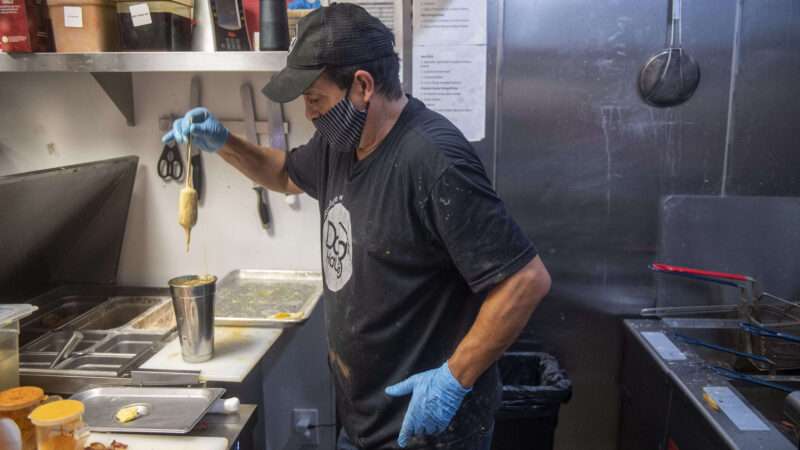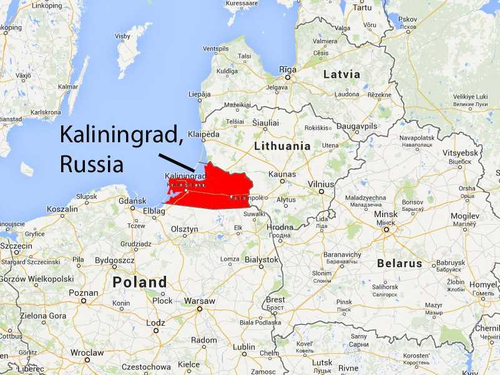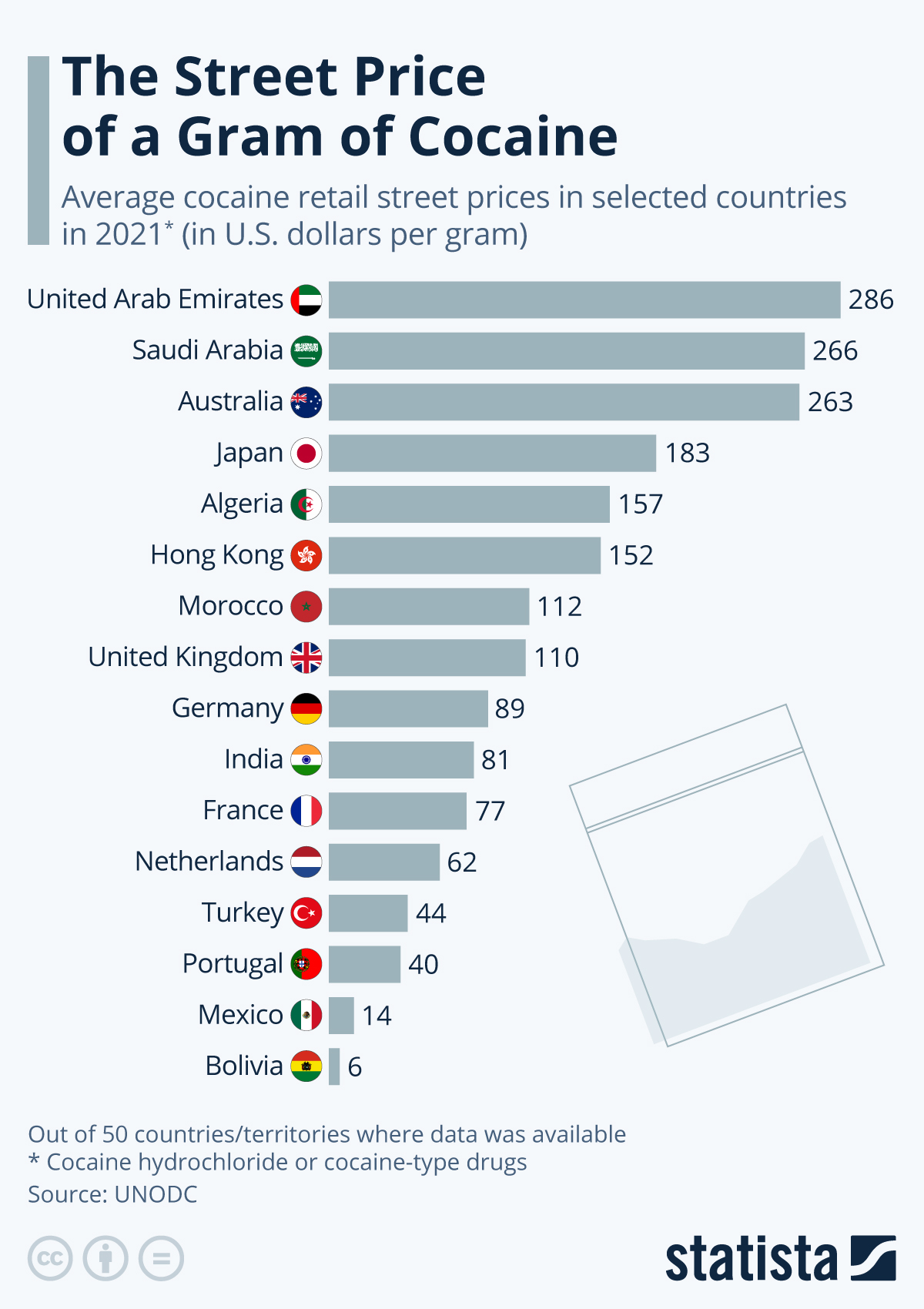Authored by Pepe Escobar,
After all we’re deep into the metaverse spectrum, where things are the opposite of what they seem…

Fast but not furious, the Global South is revving up. The key takeaway of the BRICS+ summit in Beijing, held in sharp contrast with the G7 in the Bavarian Alps, is that both West Asia’s Iran and South America’s Argentina officially applied for BRICS membership.
The Iranian Foreign Ministry has highlighted how BRICS has “a very creative mechanism with broad aspects”. Tehran – a close partner of both Beijing and Moscow – already had “a series of consultations” about the application: the Iranians are sure that will “add value” to the expanded BRICS.
Talk about China, Russia and Iran being sooooo isolated. Well, after all we’re deep into the metaverse spectrum, where things are the opposite of what they seem.
Moscow’s obstinacy in not following Washington’s Plan A to start a pan-European war is rattling Atlanticist nerves to the core. So right after the G7 summit significantly held at a former Nazi sanatorium, enter NATO’s, in full warmongering regalia.
So welcome to an atrocity exhibition featuring total demonization of Russia, defined as the ultimate “direct threat”; the upgrading of Eastern Europe into “a fort”; a torrent of tears shed about the Russia-China strategic partnership; and as an extra bonus, the branding of China as a “systemic challenge”.
There you go: for the NATO/G7 combo, the leaders of the emerging multipolar world as well as the vast swathes of the Global South that want to join in, are a “systemic challenge”.
Turkiye under the Sultan of Swing – Global South in spirit, tightrope walker in practice – got literally everything it wanted to magnanimously allow Sweden and Finland to clear their paths on the way of being absorbed by NATO.
Bets can be made on what kind of shenanigans NATO navies will come up with in the Baltics against the Russian Baltic Fleet, to be followed by assorted business cards distributed by Mr. Khinzal, Mr. Zircon, Mr. Onyx and Mr. Kalibr, capable of course of annihilating any NATO permutation, including “decision centers”.
So it came as a sort of perverse comic relief when Roscosmos released a set of quite entertaining satellite images pinpointing the coordinates of those “decision centers”.
The “leaders” of NATO and the G7 seem to enjoy performing a brand of lousy cop/clownish cop routine. The NATO summit told coke comedian Elensky (remember, the letter “Z” is verboten) that the Russian combined arms police operation – or war – must be “resolved” militarily. So NATO will continue to help Kiev to fight till the last Ukrainian cannon fodder.
In parallel, at the G7, German Chancellor Scholz was asked to specify what “security guarantees” would be provided to what’s left of Ukraine after the war. Response from the grinning Chancellor: “Yes … I could” (specify). And then he trailed off.
Illiberal Western liberalism
Over 4 months after the start of Operation Z, zombified Western public opinion completely forgot – or willfully ignores – that Moscow spent the last stretch of 2021 demanding a serious discussion on legally binding security guarantees from Washington, with an emphasis on no more NATO eastward expansion and a return to the 1997 status quo.
Diplomacy did fail, as Washington emitted a non-response response. President Putin had stressed the follow-up would be a “military technical” response (that turned out to be Operation Z) even as the Americans warned that would trigger massive sanctions.
Contrary to Divide and Rule wishful thinking, what happened after February 24 only solidified the synergistic Russia-China strategic partnership – and their expanded circle, especially in the context of BRICS and the SCO. As Sergey Karaganov, head of Russia’s Council on Foreign and Defense Policy noted earlier this year, “China is our strategic cushion (…) We know that in any difficult situation, we can lean on it for military, political and economic support.”
That was outlined in detail for all the Global South to see by the landmark February 4th joint statement for Cooperation Entering a New Era – complete with the accelerated integration of BRI and the EAEU in tandem with military intelligence harmonization under the SCO (including new full member Iran), key foundation stones of multipolarism.
Now compare it with the wet dreams of the Council on Foreign Relations or assorted ravings by armchair strategic “experts” of “the top national security think tank in the world” whose military experience is limited to negotiating a can of beer.
Makes one yearn for those serious analytic days when the late, great Andre Gunder Frank penned ” a paper on the paper tiger” , examining American power at the crossroads of paper dollar and the Pentagon.
The Brits, with better imperial education standards, at least seem to understand, halfway, how Xi Jinping “has embraced a variant of integral nationalism not unlike those that emerged in interwar Europe”, while Putin “skillfully deployed Leninist methods to resurrect an enfeebled Russia as a global power.”
Yet the notion that “ideas and projects originating in the illiberal West continue to shape global politics” is nonsense, as Xi in fact is inspired by Mao as much as Putin is inspired by several Eurasianist theoreticians. What’s relevant is that in the process of the West plunging into a geopolitical abyss, “Western liberalism has itself become illiberal.”
Much worse: it actually became totalitarian.
Holding the Global South hostage
The G7 is essentially offering to most of the Global South a toxic cocktail of massive inflation, rising prices and uncontrolled dollarized debt.
Fabio Vighi has brilliantly outlined how “the purpose of the Ukrainian emergency is to keep the money printer switched on while blaming Putin for worldwide economic downturn. The war serves the opposite aim of what we are told: not to defend Ukraine but to prolong the conflict and nourish inflation in a bid to defuse cataclysmic risk in the debt market, which would spread like wildfire across the whole financial sector.”
And if it can get worse, it will. At the Bavarian Alps, the G7 promised to find “ways to limit the price of Russian oil and gas”: if that doesn’t work according to “market methods”, then “means will be imposed by force”.
A G7 “indulgence” – neo-medievalism in action – would only be possible if a prospective buyer of Russian energy agrees to strike a deal on the price with G7 representatives.
What this means in practice is that the G7 arguably will be creating a new body to “regulate” the price of oil and gas, subordinated to Washington’s whims: for all practical purposes, a major twist of the post-1945 system.
The whole planet, especially the Global South, would be held hostage.
Meanwhile, in real life, Gazprom is on a roll, making as much money from gas exports to the EU as it did in 2021, even though it’s shipping much smaller volumes.
About the only thing this German analyst gets right is that were Gazprom forced to cut off supplies for good, that would represent “the implosion of an economic model that is over-reliant on industrial exports, and therefore on imports of cheap fossil fuels. Industry is responsible for 36% of Germany’s gas use.”
Think, for instance, BASF forced to halt production at the world’s biggest chemicals plant in Ludwigshafen. Or Shell’s CEO stressing it’s absolutely impossible to replace Russian gas supplied to the EU via pipelines with (American) LNG.
This coming implosion is exactly what Washington neocon/neoliberalcon circles want – removing a powerful (Western) economic competitor from the world trading stage. What’s truly astonishing is that Team Scholz can’t even see it coming.
Virtually no one remembers what happened a year ago when the G7 struck a pose of trying to help the Global South. That was branded as Build Back Better World (B3W). “Promising projects” were identified in Senegal and Ghana, there were “visits” to Ecuador, Panama and Colombia. The Crash Test Dummy administration was offering “the full range” of US financial tools: equity stakes, loan guarantees, political insurance, grants, technical expertise on climate, digital technology and gender equality.
The Global South was not impressed. Most of it had already joined BRI. B3W went down with a whimper.
Now the EU is promoting its new “infrastructure” project for the Global South, branded as Global Gateway, officially presented by European Commission (EC) Fuhrer Ursula von der Leyen and – surprise! – coordinated with the floundering B3W. That’s the Western “response” to BRI, demonized as – what else – “a debt trap”.
Global Gateway in theory should be spending 300 billion euros in 5 years; the EC will come up with only 18 billion from the EU budget (that is, financed by EU taxpayers), with the intention of amassing 135 billion euros in private investment. No Eurocrat has been able to explain the gap between the announced 300 billion and the wishful thinking 135 billion.
In parallel, the EC is doubling down on their floundering Green Energy agenda – blaming, what else, gas and coal. EU climate honcho Frans Timmermans has uttered an absolute pearl: “Had we had the green deal five years earlier, we would not be in this position because then we would have less dependency on fossil fuels and natural gas.”
Well, in real life the EU remains stubbornly on the road to become a fully de-industrialized wasteland by 2030. Inefficient solar or wind-based Green Energy is incapable of offering stable, reliable power. No wonder vast swathes of the EU are now Back to Coal.
The right kind of swing
It’s a tough call to establish who’s The Lousiest in the NATO/G7 cop routine. Or the most predictable. This is what I published about the NATO summit . Not now: in 2014, eight years ago. The same old demonization, over and over again.
And once again, if it can get worse, predictably it will. Think of what’s left of Ukraine – mostly eastern Galicia – being annexed to the Polish wet dream: the revamped Intermarium, from the Baltic to the Black Sea, now dubbed as a bland “Three Seas Initiative” (with the added Adriatic) and comprising 12 nation-states.
What that implies long-term is a EU breakdown from within. Opportunist Warsaw just profits financially from the Brussels system’s largesse while holding its own hegemonic designs. Most of the “Three Seas” will end up exiting the EU. Guess who will guarantee their “defense”: Washington, via NATO. What else is new? The revamped Intermarium concept goes back all the way to the late Zbig “Grand Chessboard” Brzezinski.
So Poland dreams of becoming the Intermarium leader, seconded by the Three Baltic Midgets, enlarged Scandinavia, plus Bulgaria and Romania. Their aim is straight from Comedy Central: reducing Russia into “pariah state” status – and then the whole enchilada: regime change, Putin out, balkanization of the Russian Federation.
Britain, that inconsequential island, still invested in teaching Empire to the American upstarts, will love it. Germany-France-Italy much less. Lost in the wilderness Euro-analysts dream of a European Quad (Spain added), replicating the Indo-Pacific scam, but in the end it will all depend which way Berlin swings.
And then there’s that unpredictable Global South stalwart led by the Sultan of Swing: freshly rebranded Turkiye. Soft neo-Ottomanism seems to be on a roll, still expanding its tentacles from the Balkans and Libya to Syria and Central Asia. Evoking the golden age of the Sublime Porte, Istanbul is the only serious mediator between Moscow and Kiev. And it’s carefully micromanaging the evolving process of Eurasia integration.
The Americans were on the verge of regime-changing the Sultan. Now they have been forced to listen to him. Talk about a serious geopolitical lesson to the whole Global South: it don’t mean a “systemic challenge” thing if you’ve got the right kind of swing.








